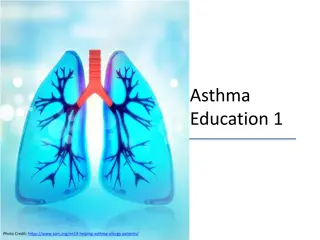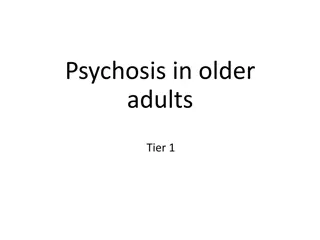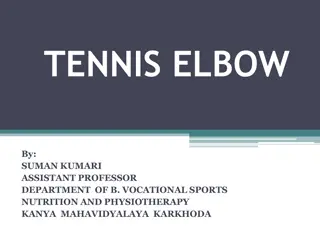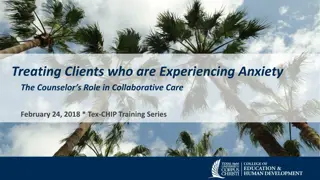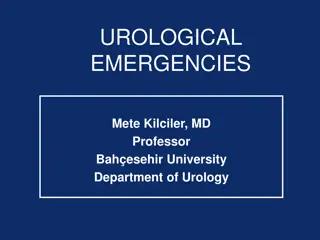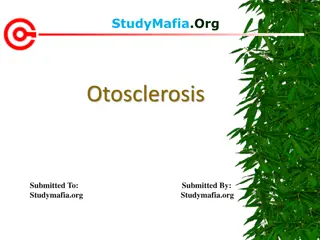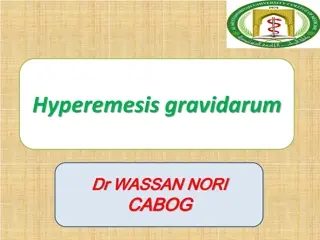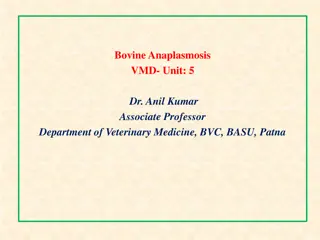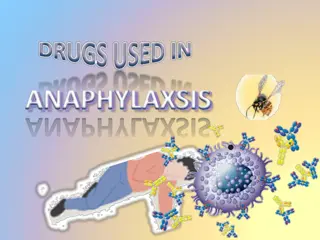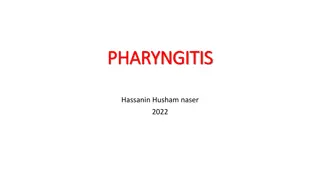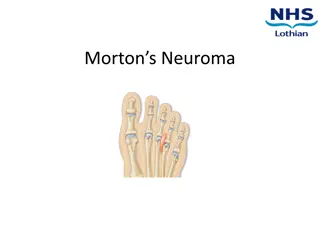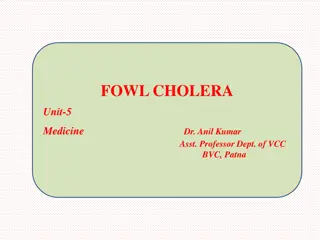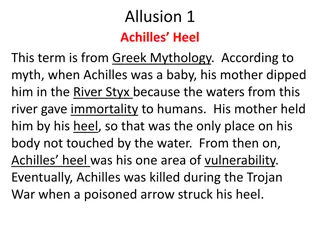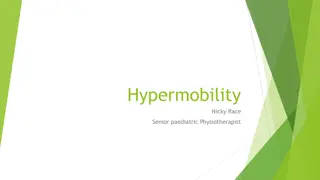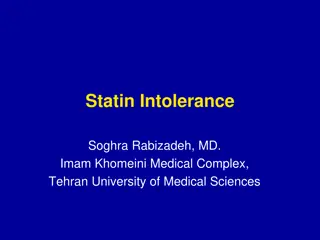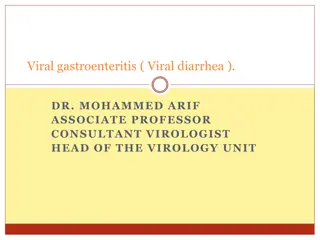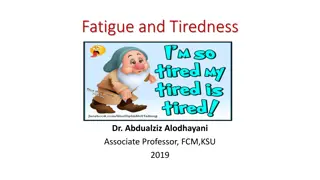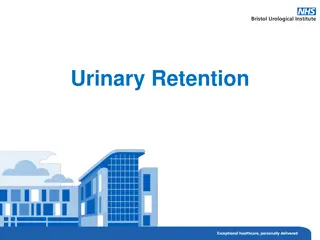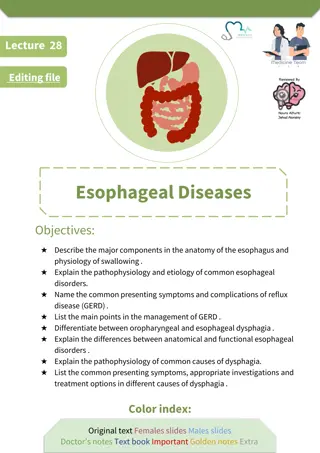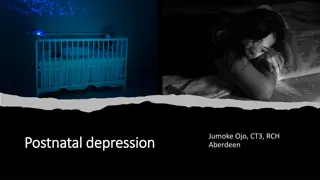Understanding Achilles Tendinopathy: Causes, Symptoms, and Management
Achilles tendinopathy refers to pain, swelling, and physical impairment of the Achilles tendon. The causes include excessive loading, tight calf muscles, increased body weight, and biomechanical factors. Symptoms range from pain along the tendon to restricted ankle movement. Diagnosis involves a healthcare professional's assessment, and management involves self-care measures such as painkillers, lifestyle changes, and physiotherapy. Lifestyle and health changes are crucial, including a healthy diet, regular exercise, quality sleep, and reducing alcohol intake. Optimal diabetes control is essential for diabetic individuals.
Download Presentation

Please find below an Image/Link to download the presentation.
The content on the website is provided AS IS for your information and personal use only. It may not be sold, licensed, or shared on other websites without obtaining consent from the author. Download presentation by click this link. If you encounter any issues during the download, it is possible that the publisher has removed the file from their server.
E N D
Presentation Transcript
Contents 1. What is Achilles Tendinopathy? 2. What are the causes? 3. What are the symptoms? 4. How is it diagnosed? 5. What is the management? 6. How can I manage it?
What is Achilles Tendinopathy? Achilles Tendinopathy is where there is pain, swelling and/or physical impairment of the Achilles tendon.
What are the causes What are the causes? There are several proposed risk factors for Achilles Tendinopathy including: -Excessive loading of the tendon or trauma. -Tight calf muscles. -Increased body weight. -Biomechanical factors e.g. Foot/ankle motion. -Existing co-morbidities e.g. Diabetes. Increased incidence as age increases with a mean reported age of between 30 and 50 years.
What are the symptoms? Pain along the Achilles tendon (usually over the back of the heel where tendon inserts or further up). Pain when moving after activity or prolonged rest. Painful to tip-toe or climb stairs. Swelling can be a symptom but not always. Restricted movement of ankle.
How is it diagnosed? An appropriate healthcare professional will discuss your symptoms and enquire about your general health. A physical examination of your foot and ankle will be carried out to assess your movement, response to particular tests and level of pain. This condition is diagnosed by clinical examination. In rare cases diagnostic imaging may be required.
What is the management? Many patients are happy to self-manage their symptoms, with painkillers/anti-inflammatory medication or other non-invasive treatments such as: Lifestyle and health changes Activity modification Cold compress Load management Self directed exercises Physiotherapy and/or Podiatry
Lifestyle & Health Changes Maintaining a healthy diet and weight Getting regular physical activity as per guidelines Getting 7-9 hours of quality sleep per night Reducing alcohol intake Quit smoking Optimal Diabetes control if your diabetic Not all of these recommendations will be relevant to everyone, but these are important factors to consider to optimise your outcome. Click this link for more information and support options
How can I manage it? Application of ice to control the pain/discomfort. Self directed exercises Rest, activity modification as required - E.g. if pain is caused by running, switching to an activity with less impact such as swimming may help or decreasing mileage. Simple pain relief or anti-inflammatory medication - Consult your GP or Pharmacist Well fitted and supportive footwear Image result for pain relief
Physiotherapy Physiotherapy/Podiatry Through a thorough examination, a Podiatrist or Physiotherapist can : Help you establish what may be causing your pain Provide you with an individualised treatment plan to help and/or resolve symptoms. Advise and arrange further investigation, if required
More Invasive Management Options In some cases symptoms may persist and more invasive treatments may be required/requested by you, as the patient: Surgery
Surgery Surgery is only required if pain is present and symptoms are unable to be controlled by more conservative methods, as described above.







